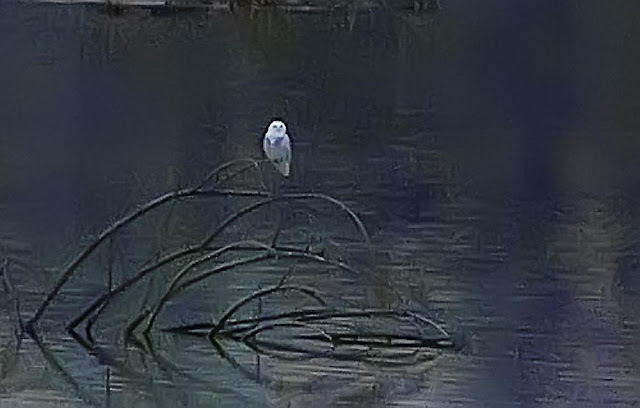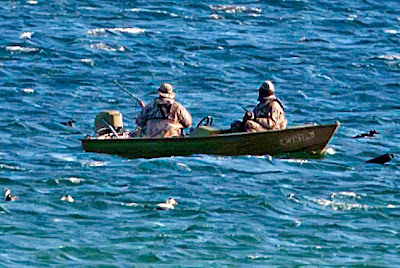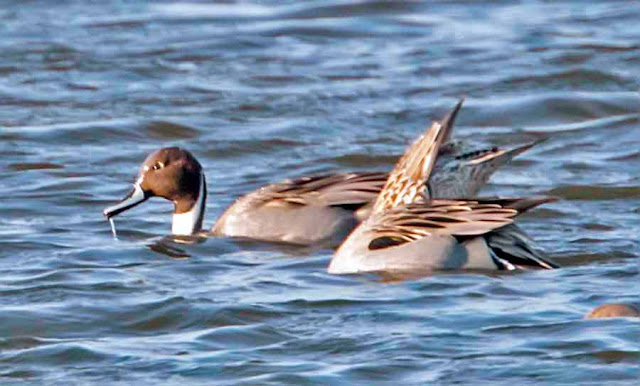The other day I was watching a mixed Eastern Bluebird/House Sparrow flock in the trees along the West River in Brattleboro, VT. They flew off in all directions just as I was getting my camera ready. I didn't get a good picture of a male Bluebird, just got a fleeting look at one in the thicket, but a female obligingly perched on a shrub along the road for a photo shoot.
Compared to the modest attire of the female, the male looks over-the-top extravagant. I pulled these photos from my archive:
The Bluebird is beloved by many because of its gentleness and sweet song. In many cultures it is thought of as a symbol of hope and happiness. Some Native American tribes considered it sacred. It is often featured in songs and tales. So, it's an appropriate symbol for the Christmas season when we are reminded to be charitable to the neediest and lowliest among us. Looking at the bird world I would include the lowly and despised House Sparrow (HOSP), but how wrong I was! The HOSP is an aggressive and deadly competitor for nesting sites. It probably contributed to the decline of the Eastern Bluebird population after its introduction in 1851.
"don't know any Bluebird hosts who enjoy killing anything, including HOSP, but
the two species are on a head on collision course and there is so much proof
that the HOSP will win (and by that I mean kill) your Bluebirds eventually."
- Dave Kinneer, Bluebirding Forum, 2008
- Dave Kinneer, Bluebirding Forum, 2008
From the North American Bluebird Society FAQ
"Q: I came out to check my babies, and found
several of them dead and strewn out on the ground. Others were still in the box,
but looked like they had been battered on the head and eyes. HELP!"
A: House Sparrows, which
are exotic pest species, will enter a box and peck the occupants to death. Clean
out the box and either take steps to either eliminate the sparrows or move the
box to a more suitable location. House Sparrows are found only around human
dwellings, in cities and around farm buildings. To minimize competition from
this aggressive predator and competitor, place your boxes where sparrows are not
likely to be a problem. Please see our House
Sparrow Control page for more sparrow management techniques"
So the Bluebird may well consider the House Sparrow a devilish competitor.
We are reminded this time of the year to give generously to charitable organisations. Along with mail order catalogs our mail box is stuffed with requests for money. It seems whenever we donate to an organization it soon comes back asking for more. And this is not just my impression. Here is a link to an article in the NY Times. Bill and I make a list every year and in general stick to it. The Charity Navigator is an invaluable source to help with the selection.
Good news on the home front:
According to an article in the NY Times Vermont is rebounding quickly from Hurricane Irene. Now all we need is lots and lots of top soil to replace what the flood has washed away and we also badly need snow to attract skiers to support our local economy.
And Happy Birding in 2012!


























































